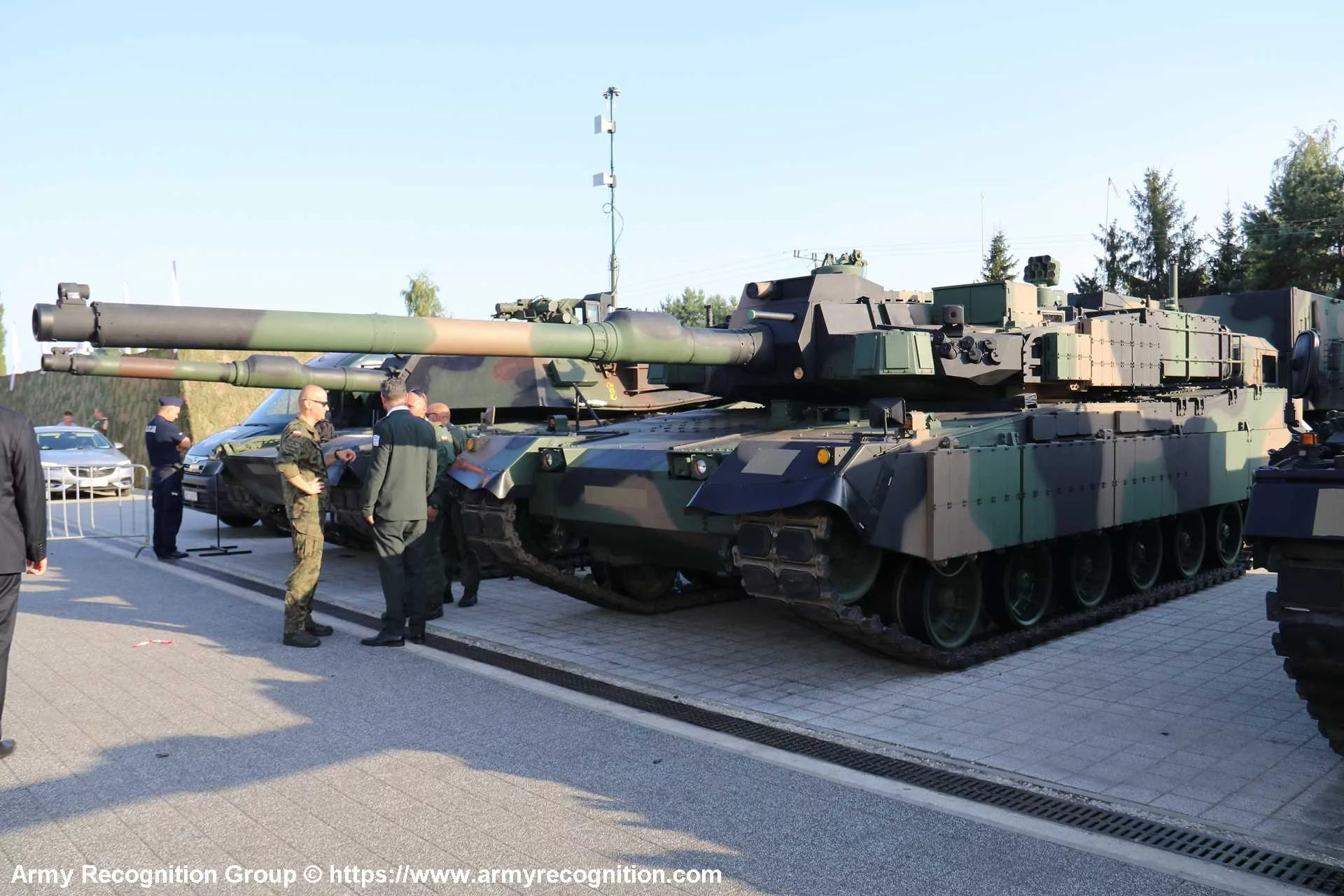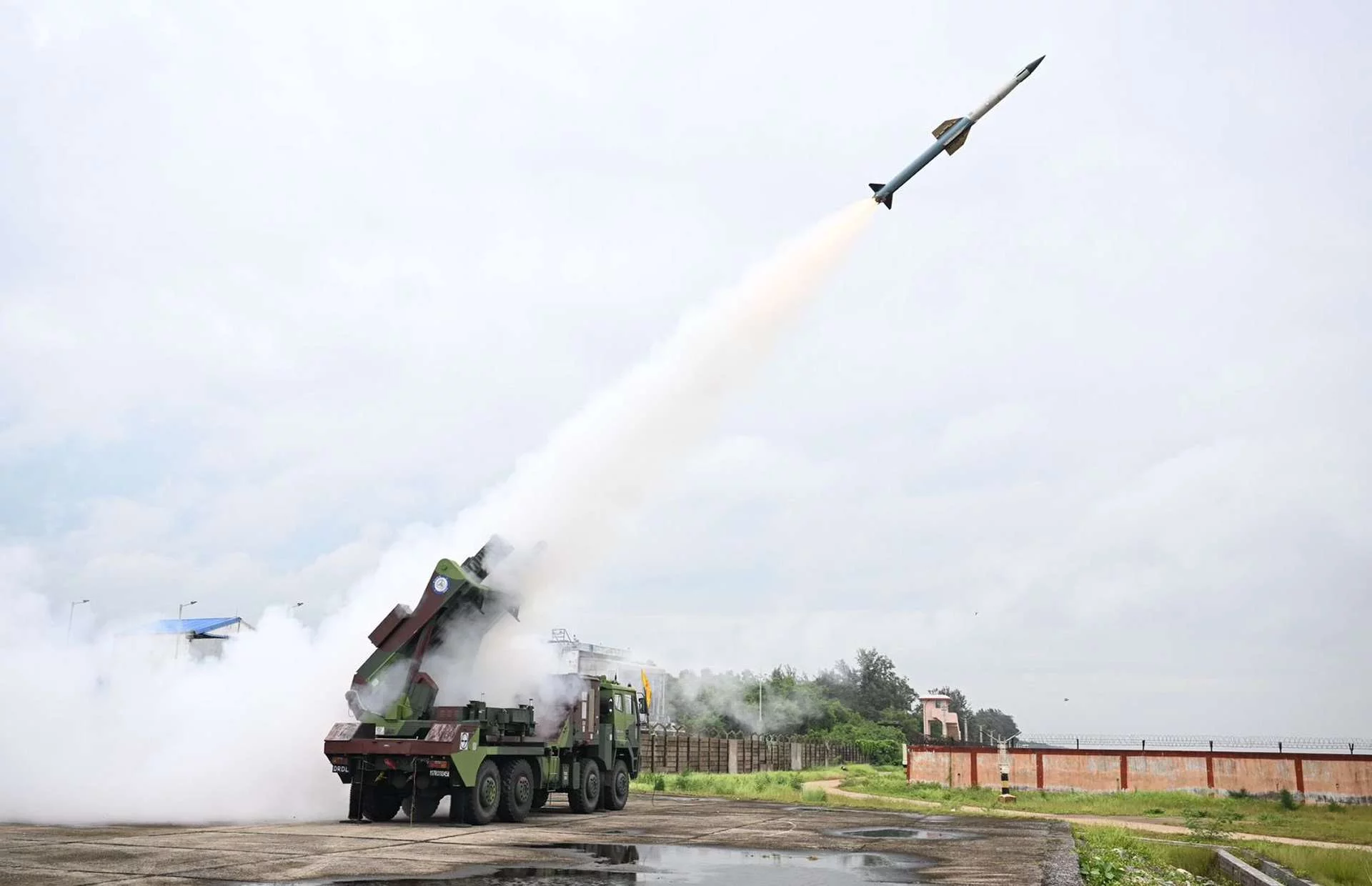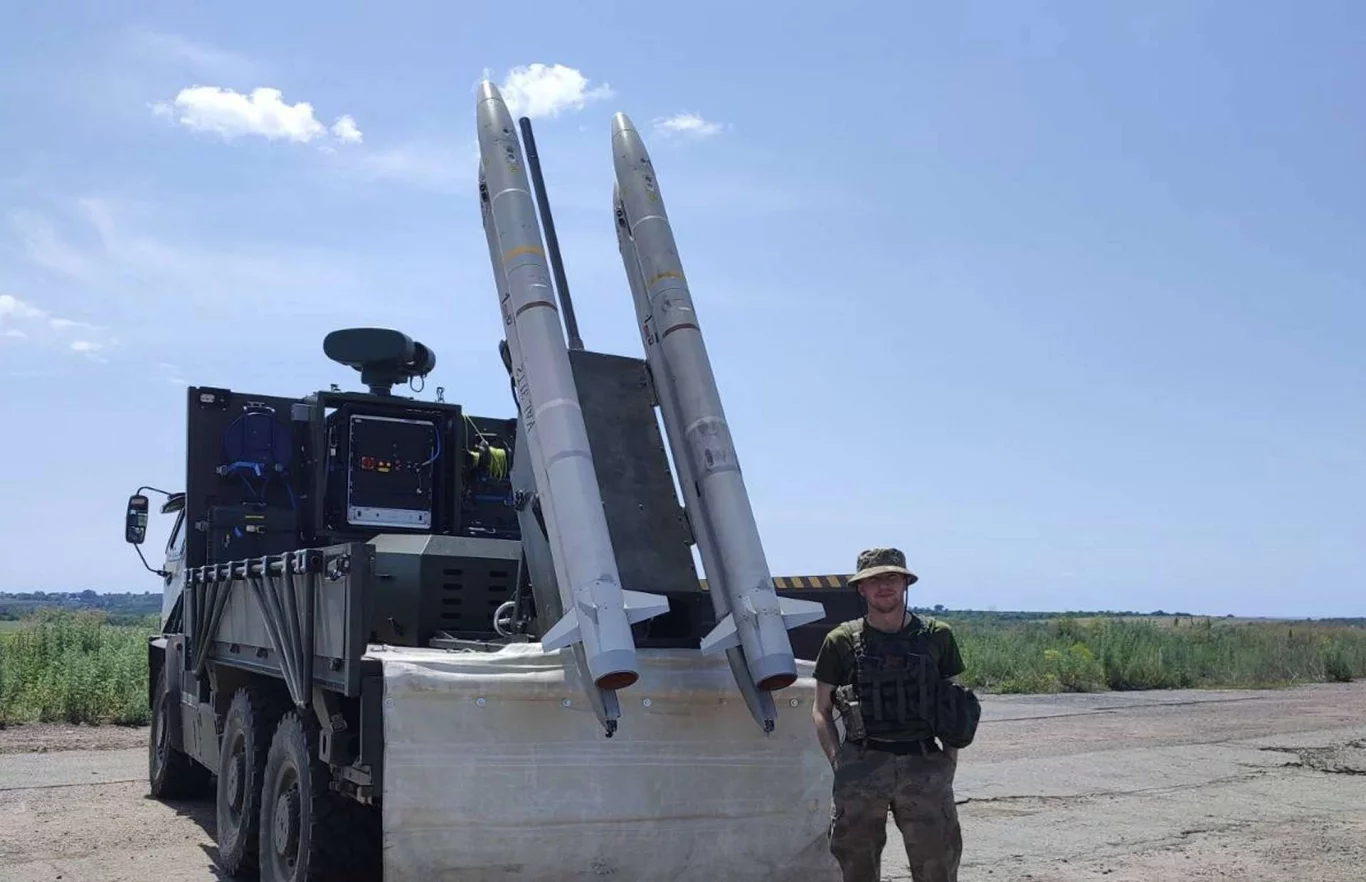In a direct response to the evolving nature of modern warfare, particularly the pervasive threat posed by unmanned aerial vehicles (UAVs) and loitering munitions, Lithuania has significantly intensified its military drills, focusing on developing robust and layered air defense capabilities. This strategic emphasis is not merely about protecting national airspace; it’s a critical component of strengthening Europe’s Eastern Flank, a region acutely aware of the hybrid warfare tactics and conventional military challenges emanating from its eastern neighbor. These exercises underscore Lithuania’s commitment to enhancing its defensive posture and its vital role within NATO and EU collective security.
The recent conflicts, particularly in Eastern Europe, have unequivocally demonstrated that the skies are no longer solely dominated by sophisticated manned aircraft. Cheap, commercially available, and often weaponized drones, alongside more advanced military UAVs and loitering munitions, have proven to be incredibly effective in reconnaissance, targeting, and even direct attack roles. These drones present a unique challenge to traditional air defense systems, which are often designed to counter larger, faster, and more predictable threats. Lithuania’s drills are a direct acknowledgment of this paradigm shift.
A “layered air defense” approach is essential to counter this diverse array of aerial threats. It involves deploying multiple types of air defense systems, each designed to engage targets at different altitudes, ranges, and speeds, creating overlapping fields of fire and detection. For Lithuania, this includes:
- Very Short-Range Air Defense (VSHORAD): Man-portable air-defense systems (MANPADS) and highly mobile, short-range missile or gun systems (like the Stinger or RBS 70) operated by ground forces to protect individual units or critical infrastructure from low-flying drones and helicopters.
- **Short-Range Air Defense (## Lithuania Drills Layered Air Defenses: A Strategic Response to Drone Threats and Eastern Flank Vulnerabilities
In a direct response to the escalating threat posed by unmanned aerial systems (UAS) and the persistent security challenges on Europe’s Eastern Flank, Lithuania has reportedly conducted extensive drills focused on establishing and refining layered air defense systems. These exercises underscore a critical and evolving strategic imperative for NATO’s frontline states: to effectivelySHORAD):** More capable systems (e.g., NASAMS, which Lithuania operates) designed to engage targets at slightly higher altitudes and longer ranges, offering broader area protection.
- Medium to Long-Range Air Defense: While counter both sophisticated and low-cost drone threats, while simultaneously strengthening their overall integrated air and missile defense capabilities. Lithuania’s proactive approach signals a deep understanding of modern warfare and a firm commitment to bolstering its national and collective security against a resurgent and unpredictable adversary.
The proliferation of drones, from commercially available quadcopters to advanced military-grade UAVs, has fundamentally altered the landscape of air defense. These systems, whether used for reconnaissance, targeting, or direct attack (including “kamikaze” or loitering munitions), present a multifaceted challenge:
- Small Radar Cross-Section: Many drones are difficult to detect by traditional radar systems due to their size and construction materials.
- Low-Altitude Flight: They can fly below conventional radar coverage, exploiting terrain masking.
- Asymmetric Threat: Even inexpensive, off-the-shelf drones can be weaponized to cause significant damage or disruption.
- Swarming Capabilities: The potential for massed drone attacks can overwhelm conventional air defense assets.
Recognizing these vulnerabilities, Lithuania’s focus on a “layered” air defense strategy is both prudent and essential. A layered defense involves Lithuania is still building this capability, it is a crucial component of a comprehensive layered defense, providing protection against larger aircraft and cruise missiles.
- **Electronic Warfare (EW) deploying a variety of air defense systems, each designed to engage threats at different altitudes and ranges, creating multiple lines of defense. This typically includes:
- ** Systems:** Crucial for disrupting drone command and control linksShort-Range Air Defense (SHORAD):** Systems like man-portable air-, jamming navigation systems, and spoofing GPS signals, effectively neutralizingdefense systems (MANPADS), vehicle-mounted missile systems, and even drones without kinetic engagement.
- Counter-UAS (C-UAS) Technologies: Dedicated anti-aircraft guns, designed to protect specific high-value assets or forward systems specifically designed to detect, track, identify, and defeat small-deployed units from close-range threats, including drones and helicopters.
- Medium-Range Air Defense (MRAD): Systems that can engage targets at greater distances, low-flying drones using various methods, including jammers, net guns, and directed energy weapons.
The emphasis on countering drones in these drills reflects lessons and altitudes, providing broader area protection against aircraft learned from ongoing conflicts, where UAVs have been, cruise missiles, and larger UAVs. Examples include systems like NASAMS (National Advanced Surface-to-Air Missile System), used extensively for everything from artillery spotting to direct attack. Lithuania’s forces are training to:
- Detect Small Signatures: Learning to identify and track small, radar-invisible or low-observability drones, often operating at which Lithuania already operates.
- Long-Range Air Defense: While smaller low altitudes or in cluttered urban environments.
- Rapid nations might rely on allied support for very long-range capabilities, the integration with Response: Developing swift protocols for identifying and engaging drone NATO’s broader air defense network provides this top layer.
The drills conducted by Lithuania would have focused on the seamless integration and coordination of these different layers threats before they can reach their targets.
- Integration of Systems: Ensuring seamless communication and coordination between different air defense assets, from ground-based units to higher-level command, simulating real-world threat scenarios involving various types of drones and potentially more conventional aerial threats. Key aspects of these exercises would include:
- **Detection centers, to create a cohesive defense.
- Hybrid Threat Scenarios: Practicing defense against complex attacks involving both conventional air and Identification:** Testing the ability of different sensors assets and drone swarms, mirroring realistic battlefield conditions.
Beyond immediate national (radar, electro-optical, acoustic) to detect and classify defense, these drills are integral to strengthening Europe drone threats.
- Command and Control: Pract’s Eastern Flank within the NATO framework. Lithuania,icing efficient communication and decision-making processes to allocate assets and engage targets effectively.
- along with its Baltic neighbors, is a frontline state with a direct border with Russia and its ally BelarusInterception and Engagement: Live-fire exercises or simulated engagements using various C-UAS effectors, from kinetic (missiles, guns) to non-kinetic (electronic warfare jammers).. The region is considered a potential flashpoint, and a robust air defense capability is vital for both national sovereignty and NATO’s collective security
- Integration with NATO: Ensuring that national air defense systems can seamlessly link with and contribute posture. By honing its layered air defenses, Lithuania contributes to NATO’s integrated air and missile defense (IAMD) architecture.
For Lithuania, a frontline state bordering Russia and Belarus, strengthening to:
- Deterrence: A credible and well-exercised air defense system acts as a powerful deterrent against potential aggression.
- Read its air defense capabilities is not merely a theoretical exercise; it is a matter of immediate national security. The Eastern Flank ofiness: Ensures that Lithuanian forces are prepared to integrate seamlessly with multinational NATO forces in the event of a crisis. NATO has become the focal point of European security concerns, and robust air defense is a cornerstone of deterrence and territorial integrity. These drills send
- Resilience: Builds the resilience of critical infrastructure and military assets against aerial threats, crucial for sustaining operations during conflict.
- Sharing a clear message: Lithuania is actively preparing to defend its airspace and Expertise: The experience gained in these drills can be shared, by extension, contribute across NATO, contributing to the alliance’s overall understanding to the collective defense of the alliance.
The emphasis on and response to drone threats.
The countering drones reflects lessons continuous investment in training, learned from recent conflicts, where UAV technology, and strategic partnerships underscoress have played a disproportionately significant role. Lithuania’s proactive approach to national By investing in these capabilities, Lithuania is demonstrating defense. These a forward-thinking approach to military layered air defense drills, with modernization, adapting its defense posture to address their strong focus on counter-drone capabilities, represent a vital contemporary and future threats. It step in adapting to the evolving nature of warfare and ensuring the also encourages other NATO allies to assess and bolster their own security and stability of not only Lithuania but the C-UAS entire Eastern Flank of the European Union and capabilities, contributing to a more resilient and cohesive air defense across the alliance NATO.




